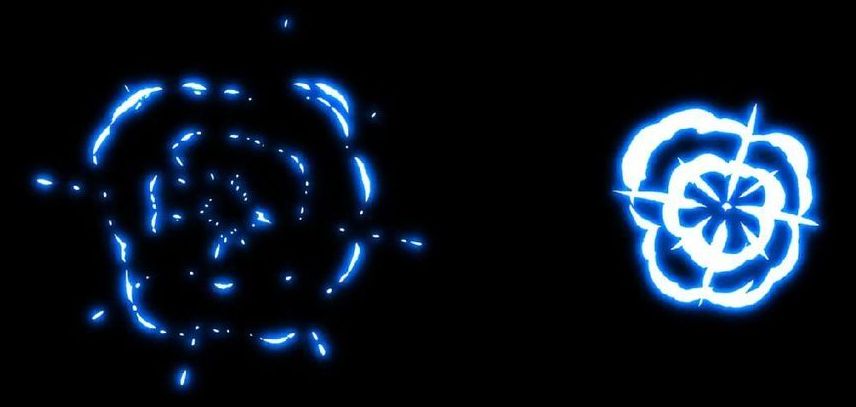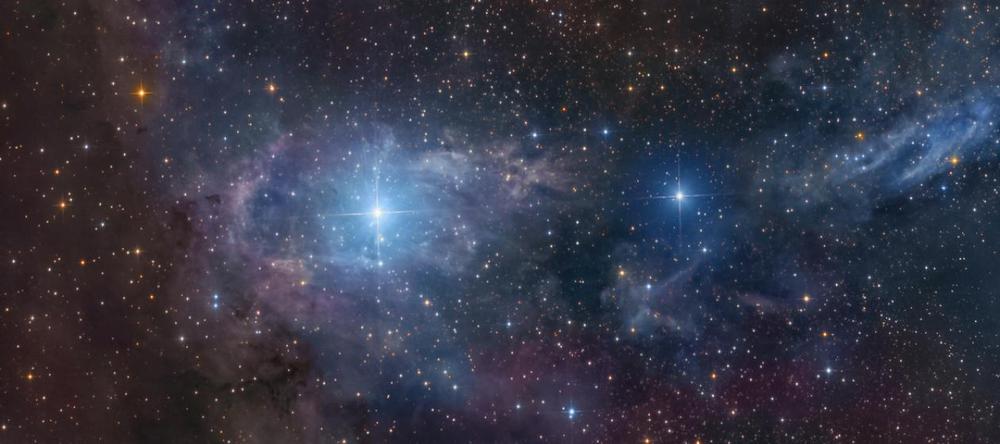New experiments are revealing hints of a world and a reality that are complete reflections of ours. This mirrorverse may be able to solve the mystery of the universe’s missing dark matter.




David A. Sinclair, Ph.D., A.O. is an Australian biologist and a Professor in the Department of Genetics and co-Director of the Paul F. Glenn Center for the Biology of Aging at Harvard Medical School. He is best known for his work on understanding why we age and how to slow its effects. He obtained his Ph.D. in Molecular Genetics at the University of New South Wales, Sydney, and received the Australian Commonwealth Prize. In 1995, he received a Ph.D. in Molecular Genetics then worked as a postdoctoral researcher at the Massachusetts Institute of Technology with Leonard Guarente. Since 1999 he has been a tenured professor in the Genetics Department of Harvard Medical School.
Dr. Sinclair is co-founder of several biotechnology companies (Sirtris, Ovascience, Genocea, Cohbar, MetroBiotech, ArcBio, Liberty Biosecurity) and is on the boards of several others. He is also co-founder and co-chief editor of the journal Aging. His work is featured in five books, two documentary movies, 60 Minutes, Morgan Freeman’s “Through the Wormhole” and other media.


Bone marrow is a soft spongy material that is located inside of the bones. Bone marrow is necessary for the transition that stem cells make to become one of the types of blood cells (red blood cells, platelets or white blood cells). Bone marrow disease occurs when there is some kind of abnormality or interference with the production of blood cells. Leukemia, aplastic anemia and myelodysplastic syndromes (MDS) are three types of bone marrow disorders that affect the production of blood cells and the bone marrow. Symptoms of each type of bone marrow disease will vary according to its severity, but tend to be similar in nature.

Why didn’t it tell the world? Drug companies frequently have been pilloried for not fully disclosing negative side effects of their drugs. What happens when the opposite is the case?
A team of researchers inside Pfizer made a startling find in 2015: The company’s blockbuster rheumatoid arthritis therapy Enbrel, a powerful anti-inflammatory drug, appeared to reduce the risk of Alzheimer’s disease by 64 percent.
The results were from an analysis of hundreds of thousands of insurance claims. Verifying that the drug would actually have that effect in people would require a costly clinical trial — and after several years of internal discussion, Pfizer opted against further investigation and chose not to make the data public, the company confirmed.

CHICAGO (AP) — Newer drugs are substantially improving the chances of survival for some people with hard-to-treat forms of lung, breast and prostate cancer, doctors reported at the world’s largest cancer conference.
Among those who have benefited is Roszell Mack Jr., who at age 87 is still able to work at a Lexington, Kentucky, horse farm, nine years after being diagnosed with lung cancer that had spread to his bones and lymph nodes.
“I go in every day, I’m the first one there,” said Mack, who helped test Merck’s Keytruda, a therapy that helps the immune system identify and fight cancer. “I’m feeling well and I have a good quality of life.”

Medicine’s ever-increasing focus on longevity is bad for society, says a prominent physician. (But, who’d voluntarily give up those bonus years?)